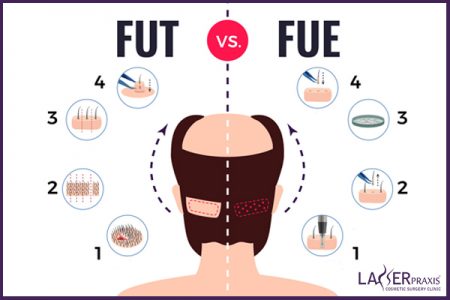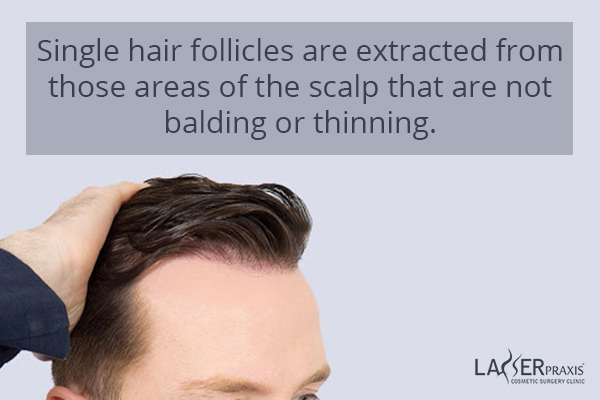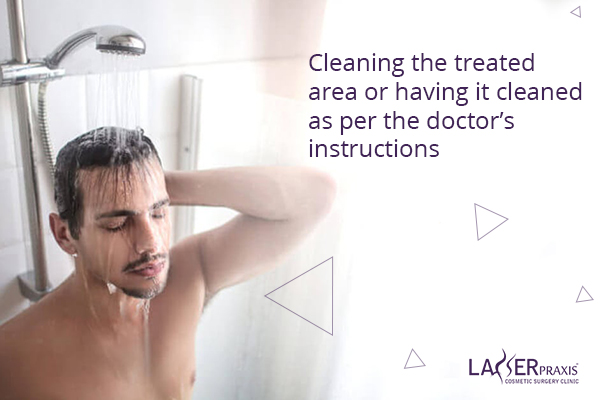The number of people getting hair restoration procedures is increasing by the day. In fact, the numbers are said to have increased by 60% since 2014.
Male pattern baldness is a very common pain point among the men of this planet and its reach is universal.
While less frequent in some regions and more in others, it does manage to get its teeth into the day to day life of a vast majority of the overall population.
The good news is that due to this widespread presence of this issue, science has taken great leaps to come upon a cure. And we found not one but many. This is a blog post all about these cures so you can make an informed decision about the course you want to take.
Hair Restoration Treatments Available
There are two main types of treatment options that most individuals will have:
⦁ Hair transplant
⦁ PRP natural hair restoration
Hair transplant is a surgical procedure while the PRP hair restoration method is a minimally invasive, non-surgical procedure.

The way these treatments are performed as well as the results they yield are different.
In this blog, we are dealing specifically with surgical hair transplant as that still continues to be the more common and the more popular method of hair restoration.
If you are interested in finding out about PRP Natural Hair Restoration, you can read about it here.
Two Types of Hair Transplant Procedures
The two types of procedures that you can have performed are:
⦁ Follicular Unit Transplantation (FUT)
⦁ Follicular Unit Extraction
The two types of procedures that you can have performed are:

The steps of the procedure
Follicular Unit Transplantation (FUT)
The procedure is performed following the steps given below:
⦁ Skin graft (or patch of skin) is taken from the area that has healthy hair that’s not thinning or balding.
⦁ It is removed surgically and the area stitched up.
⦁ From this patch of skin, groupings of hair follicles are separated. These may contain as many as 5 hairs per grouping or only 1 per grouping.
⦁ A small hole is made in the affected area then to receive the hair graft.
⦁ These hair follicles are then transplanted to the affected areas.
⦁ The healthy transplanted hair follicles continue to grow normally in the previous balding parts of the head.
Follicular Unit Extraction (FUE)

⦁ Single hair follicles are extracted from those areas of the scalp that are not balding or thinning.
⦁ A tiny hole is created in the affected area of the scalp for each hair follicle.
⦁ The healthy hair follicle is transplanted into those holes.
⦁ The area operated on is bandaged.
⦁ Healthy hairs continue to grow in their new place.
You can discuss these options with your doctor. Depending on the level of balding you are suffering from, the state of your skin and hair, the amount of work required and the results expected, they will advise you about which treatment is better for you.
Discomfort during the procedure
A natural concern to have after hearing about having skin grafts taken and then follicles transplanted into skin is that of the discomfort or pain involved in the process.
While the patient is awake during the process, local anesthesia is administered which renders the concerned areas completely feeling-less. This means that you don’t feel any pain and are able to relax during the surgery.
Discomfort during recovery
So we know the local anesthesia will mean you don’t feel anything during the surgery, but what about after?
You will feel some discomfort after the procedure once the effect of the anesthesia begins to wear off. Your doctor will prescribe you pain medication to deal with this and overall it is not unbearable pain anyway.

You may, however, expect to be a little uneasy for a few days following the surgery.
Results
Everybody who gets hair transplant done, wants to be sure that the results will be worth the money, time, and the care. It is hard to say anything about whether your results will be what you are expecting them to be without a consultation first.
However, this can be said for sure:
⦁ The hair that is transplanted will grow naturally.
⦁ You will have more hair than you did before.
⦁ The results are permanent.
It is possible that some of the transplanted hair follicles will fall out over the days following the surgery. However, that should be seen as part of the process.
Another disclaimer important to mention here is that there is every chance that it might take a few months for the transplanted hair to blend in with the rest of the hair. It might take some time to start growing at the same speed and look the same as the other hairs that weren’t moved from one part of your scalp to the other.
Possible complications or side effects
No surgery or procedure is completely risk free. And so there are some with hair transplant too. These include:

⦁ The treated area getting affected
⦁ Scalp feeling itchy
⦁ Scalp feeling tight
⦁ Swollen scalp
⦁ Transplanted hair taking longer to grow
⦁ Transplanted hair taking some time to blend in with the rest
⦁ Temporary scab or bruises developing
These are the possible side effects of the surgery. It is possible to get another reaction from any pain or other medication that you might be prescribed from the doctor.
Please make sure you discuss any and all medical conditions that you have with your surgeon before the treatment. Also let them know if you have previously had a bad reaction from a medicine.
Aftercare
In the days immediately following the treatment, you will have to take the following aftercare steps regularly:

⦁ Cleaning the treated area or having it cleaned as per the doctor’s instructions.
⦁ Taking antibiotics to prevent an infection from developing.
⦁ Taking any other prescribed medication.
⦁ Using mild shampoo.
⦁ Maintaining the right position for hair health for at least 3 days. This can make sleeping a little stressful.
These are the main steps. However, they might vary a little for different individuals. Please make sure you understand your doctor’s instructions clearly.
Do not miss any follow up appointments.
Also, discuss any concerns that may arise even after the procedure is done with your doctor. It usually puts people’s mind at ease to talk to a professional about things that might be causing them anxiety about the procedure.
Some things to know going in
Now that we have covered all that ground, we would just like to list some things you should keep in mind going in to this whole process. These are things that a lot of hair transplant receivers go through and it would be a shame to be caught off guard when faced by them.
Remember that:
⦁ There is a chance that you might remain bald for a couple of months after the procedure. Your newly transplanted hair might all feel like they are falling out. Don’t worry. It is all part of the process. It takes some time for the transplanted hair follicles to take to the roots in their new homes and so they can take some time before they start to grow properly again.
⦁ You will probably need more than one session to get the kind of fullness and density you want. The sessions will be spaced out because you need to give time to your scalp to heal and the hair to start growing. It might seem like a long road, but the good news is that it does end.
⦁ You might be using a special shampoo and taking other aftercare measures for up to a year after your procedure. This is usually to achieve the absolute best results and it’s nothing that you need to go out of your way for, but it’s just something to keep in mind.
Final word
Hair loss and male pattern baldness can cause serious confidence issues in people and thus affect the quality of their lives.
If you are someone who is suffering from this problem too, there is no shame in taking help from these advanced scientific methods and improving your day to day life.
Just make sure you are getting this treatment for the right reasons and that you conduct thorough research into the process and the doctor or clinic you turn to for help. Look up reviews and talk to as many people as you can.
Good luck!





